Where we left off …
No bookmaker would have bothered to give odds on the outcome of the battle. The Americans launched 26,000 troops with massive air support in a night-time attack against about 3,500 soldiers of the Panama Defense Forces distributed in isolated garrisons throughout the republic. It is remarkable that Noriega’s army offered any resistance at all, knowing full well the might of the military machine which had been launched against them.
Psychologically, however, they had been prepared for the American invasion. The fighting elements of the PDF were tough, disciplined and well trained. A high proportion had in fact been trained at the U.S. Army School of the Americas which located in Panama from 1946 to 1984 when it was transferred to Fort Benning, Georgia. The PDF did a good job on brainwashing its soldiers, as do all armies, in the matter of discipline, loyalty to the flag and laying down of life for country and cause. The cause, apart from occasionally subduing un-armed civilian protesters, was to defend Panama from the Yankee aggressor, according to Noriega and his group.
The Panamanian soldiers who refused to surrender at the urging of the U.S. troops bellowing through their bellhorns, were doing their duty. The ones who shed their uniforms and melted into sidestreets and mountainsides can hardly be blamed for their pragmatism.
The Panama Defense Forces had grown into a powerful institution within the Republic especially in recent years as Panama anticipated taking over the defense of the Panama Canal.
For her first 50 years as a republic, Panama had a civil police force known as the National Police Corps. The U.S. armed forces were always on hand if need arose. President José Antonio Remón Cantera began to institutionalize the force in the early 1950s, re-naming it the National Guard. Much of the systematic training he introduced was acquired at the U.S. Army School of the Americas in Panama, of which the National Guard was the third largest user. It became a combined force, having both police and military functions.
The Torrijos-Carter Treaty, implemented in 1979, changed the concept of the U.S. providing defense for both the Canal and Panama itself. Under the treaty, Panama was to share the defense role for 20 years and assume the mantle completely in the year 2000 when the Canal becomes Panama’s property.
To grow, the National Guard needed money and of course much of it came from the United States. From 1982, until aid was suspended in July 1987, the Panama military machine received over $105 million in direct aid and credits, a tiny proportion of the U.S. worldwide assistance to armed forces, but enough for little Panama’s army to develop a good deal of muscle.
cont’d below
Jones, Kenneth J., The Enemy Within: Casting Out Panama’s Demon
Copyright © 1990 Focus Publications, (Int.), S.A.
Subscribe to:
Post Comments (Atom)
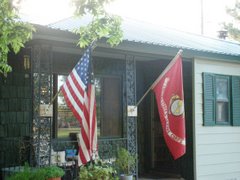
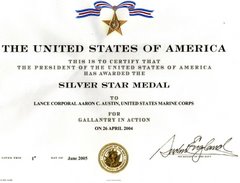
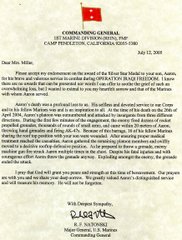
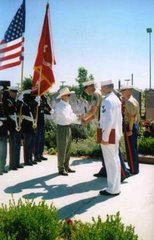


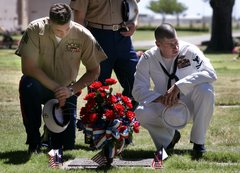

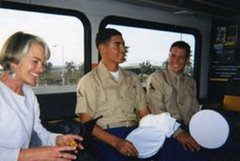

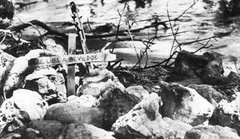




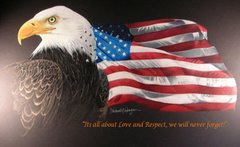
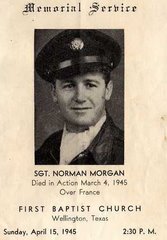


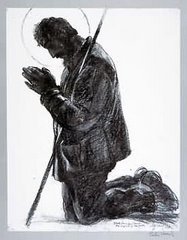
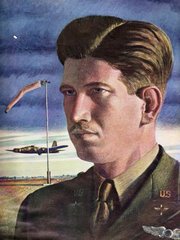

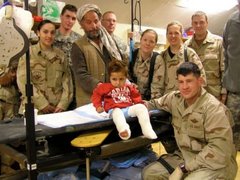
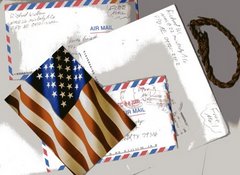

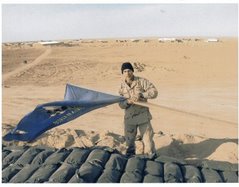


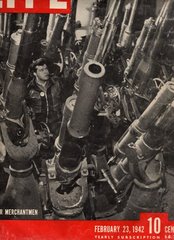
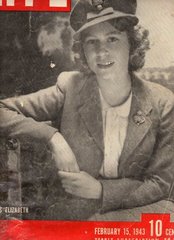

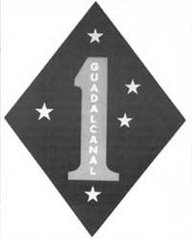
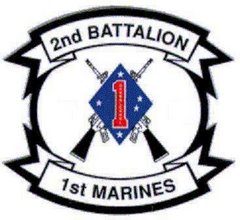


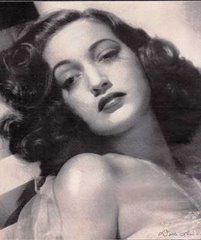

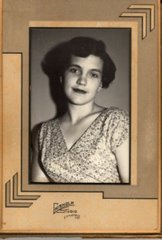

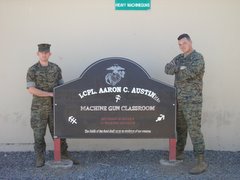

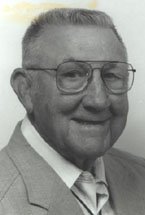

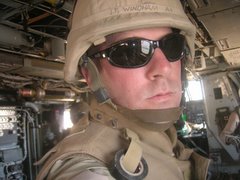
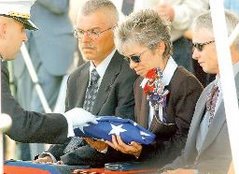


No comments:
Post a Comment